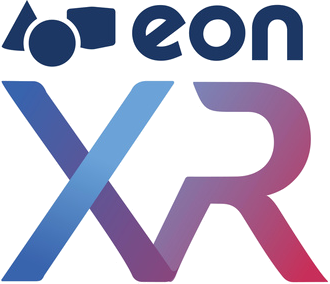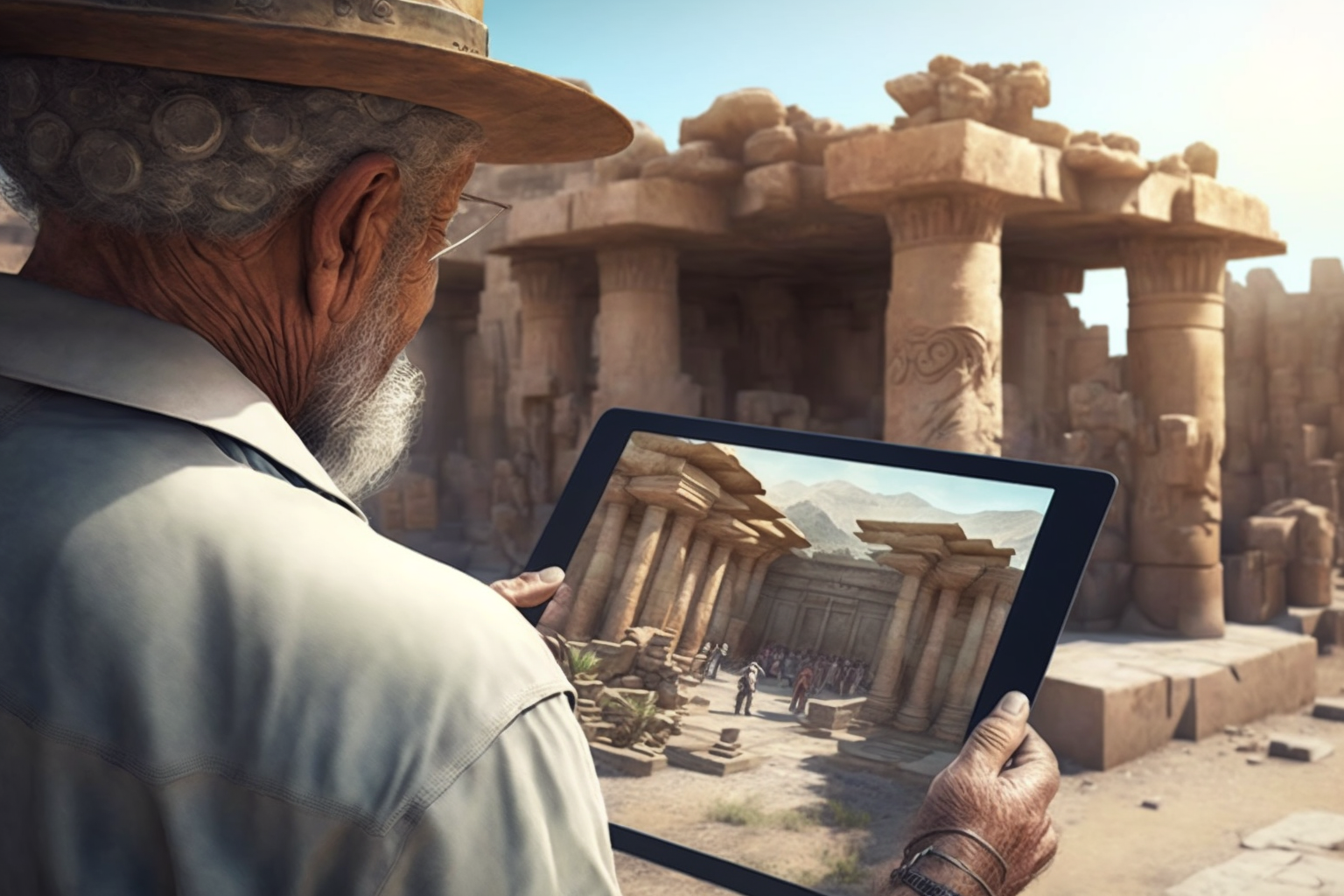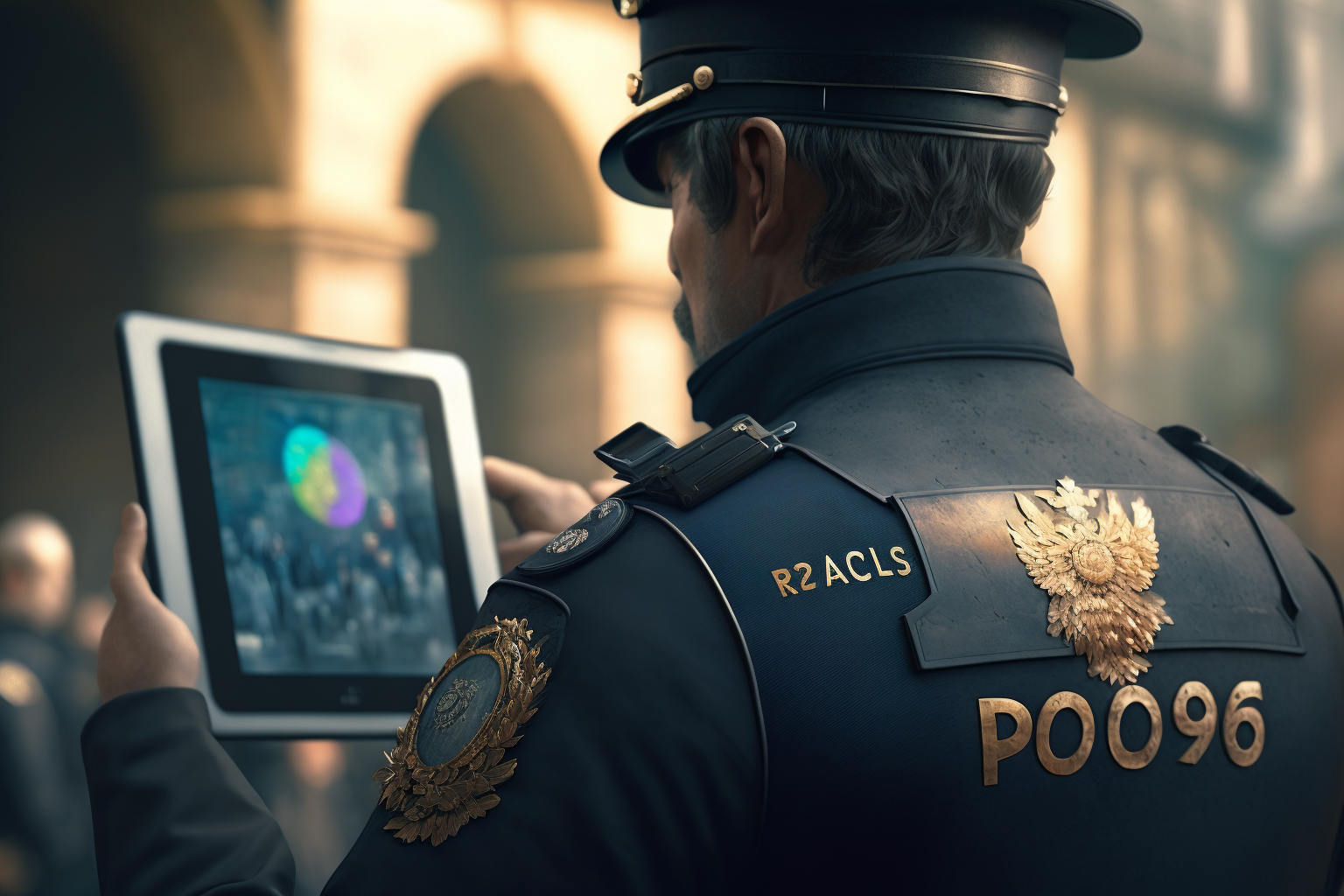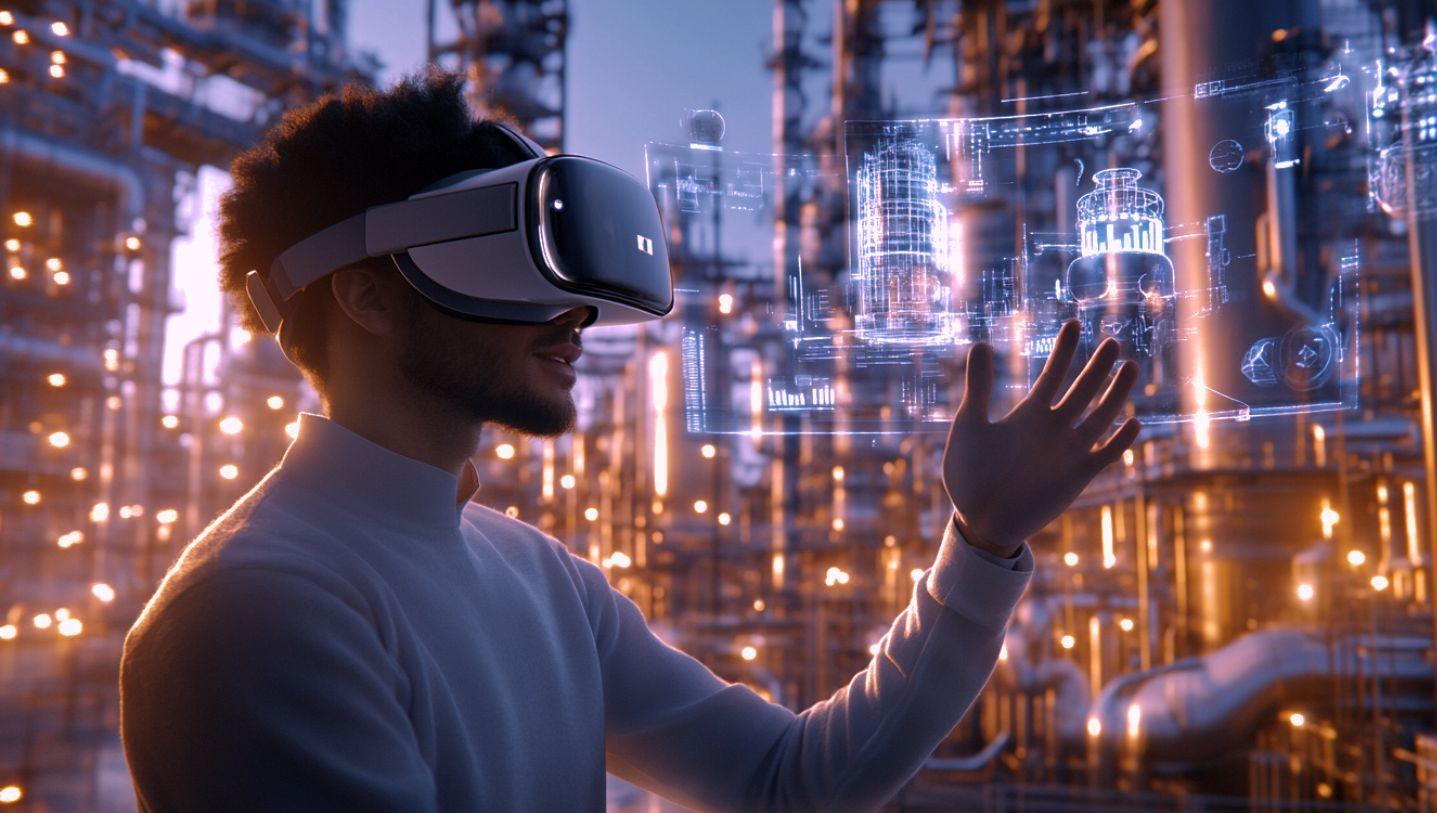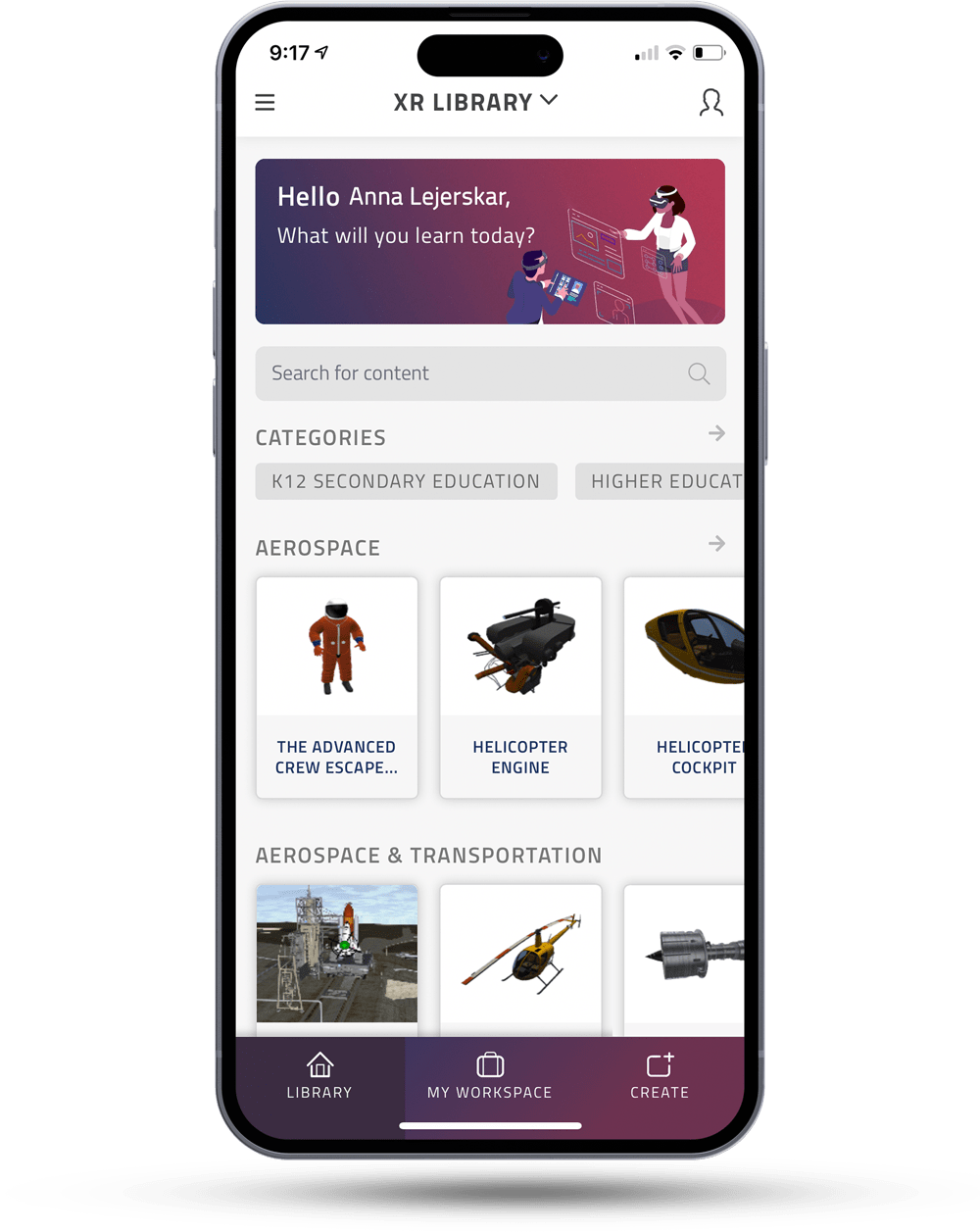Virtual Reality and Augmented Reality have been widely touted for years to drive a transformative effect in education, yet universities are decidedly slow in embracing the technology. According to a survey conducted by Internet2 in 2018, only 28% of the institutions polled have implemented AR and VR, with close to 82% of the implementation remaining in pilot stages.
What are the underlying reasons for this reluctance? EON Reality speaks to Head of Teaching, Learning and Pedagogy at NTU, Dr. Peter Looker, who offers some reasons why he thinks widespread adoption of VR and AR remains in its infancy.
Didactic teaching methods
Peter points firstly to the didactic model of teaching in universities and schools, which he feels prevents students learning through the experience of exploration. He adds, “There is still too much of a need to control and ensure all students learn exactly the same things. These are counterproductive to the spirit of learning with new technology.”
Limitations from student assessments
Current assessment methods may also impede the ways in which students learn, preventing experimentation with new learning methods. He says, “There are still too many final written exams and students are often seen to be learning for the exam. This becomes a barrier to experimentation with technology.”
Loss of identity
One of the most powerful factors, he offers, stems from a deep and ingrained social identity. “School teachers and university teachers are genuinely afraid of losing their identity as experts.”
But he sees a way out, “This does not get talked about enough. We should encourage people to see that designing learning experiences with technology, is just as significant as standing in front of a class talking.”
“I think this is a matter of urgency if we are to really ride the wave of digital transformation.”
Conclusion
The power of VR and AR to drive learning and teaching has been proven to bring a host of overriding benefits, allowing students to learn interactively in ways never done before. Yet, it is clear there is more to technology limitations that stand in the way of a game changing learning experience promised by AR and VR.
EON Reality is now working with teaching experts such as Peter to better understand higher education needs and to help educators navigate the integration of AR and VR technology in the classroom. The new updates to EON Reality’s EON-XR Platform is the first step, offering an easy to use interface with customizable options that offer a host of possibilities for teaching.



